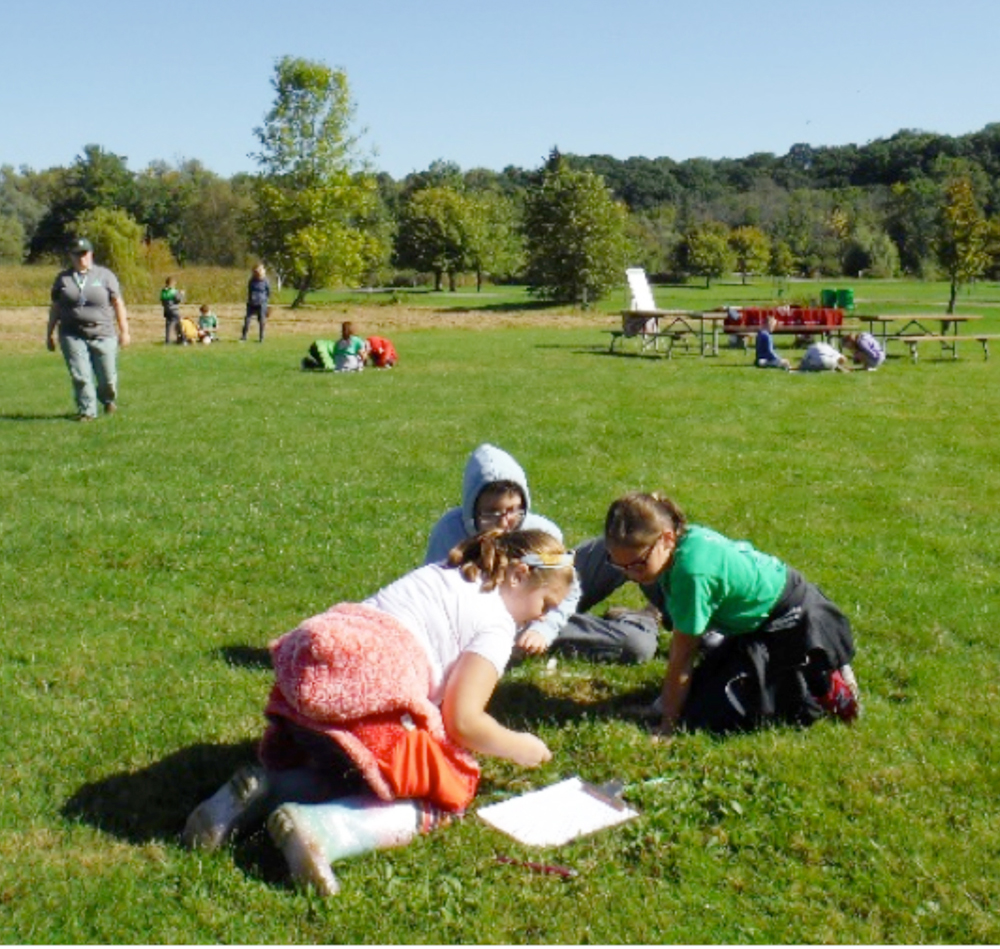NYSOFA and OASAS delivering drug deactivation and disposal pouches to older adults

The New York State Office for the Aging (NYSOFA), New York State Office of Addiction Services and Supports (OASAS), and aging services partners are bringing prescription drug safe-disposal efforts to older adults throughout New York State.
Through this partnership, NYSOFA and OASAS are shipping 100,000 Deterra Drug Deactivation and Disposal Pouches to aging services providers for distribution and delivery to older adults. The effort is underway, with 69,000 pouches being shipped statewide. The remainder will be distributed in future rounds as requested by providers in need of resupply.
Deterra Pouches are designed to destroy unwanted or expired medications safely and permanently, making them unavailable for misuse and accidental ingestion. Once activated, the pouches can be disposed in the normal trash.
The pouches are easy to use at home or in a clinical setting: simply tear open the pouch, pour unused medication into the bag, seal the bag after a short waiting period, fill it with water to start the deactivation process, and throw it out.
The effort is aimed at preventing adverse drug events, which cause approximately 1.3 million emergency department visits and 350,000 hospitalizations for further treatment each year, according to the U.S. Centers for Disease Control and Prevention (CDC). Older adults are at increased risk of adverse drug events. This is due to a combination of metabolic factors and the increased potential for drug-to-drug interactions, as older adults tend to have more prescription medications and are also, therefore, more likely to have leftover or expired medications.
NYSOFA Director Greg Olsen said, “The average older adult on our caseload has four or more chronic conditions. These conditions can require upwards of a dozen prescription medications, with overlapping refill and expiration timelines and dosage changes as determined by medical professionals, increasing the risk of adverse drug events or interactions. This complexity demands simple solutions. We are proud to work with OASAS in bringing easy, safe, scientifically proven, and environmentally sound drug-disposal methods to thousands of older adults across New York State who are unable to go to community outlets for drug take-back days.”
He added, “Our case managers are already in the homes of older adults. They have a deep familiarity with individuals’ needs and are already helping to educate older adults on a range of safety issues to help them age-in-place, including medication review. This program offers another important and effective tool to help older adults and their families and to reduce preventable hospital admissions or readmissions due to negative prescription interactions and possible errors.”
OASAS Commissioner Chinazo Cunningham said, “This innovative initiative is a great way to promote safe disposal of prescription medications and to help prevent misuse of these medications. Through collaboration with the New York State Office for the Aging, we are able to reach a population that tends to have many prescription medications and is at risk of adverse effects. These efforts are very much in line with OASAS’ commitment to work with new and existing partners to help raise awareness of potential medication misuse, reduce the risk of overdose, and save more lives.”
According to the Center on an Aging Society at Georgetown University’s Institute for Health Care Research and Policy, the number of drug prescriptions increases with a person’s age. For instance, individuals aged 50 to 64 have, on average, 13 prescriptions. Individuals 80 and older average 22 prescriptions.
NYSOFA and OASAS are working on several partnerships to help older adults with medication safety, including evidence-based interventions and screening related to drug or alcohol misuse. If you need assistance helping an older adult with prescription drug disposal, contact your local Area Agency on Aging using NYSOFA’s online directory (https://aging.ny.gov/local-offices) or contact one of the OASAS Regional Addiction Resource Centers (https://oasas.ny.gov/recovery/regional-services). Also visit the OASAS treatment information page for older adults ( https://oasas.ny.gov/treatment/older-adults).
Provided information



